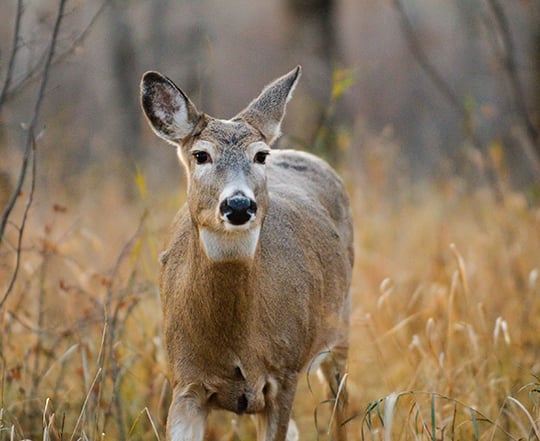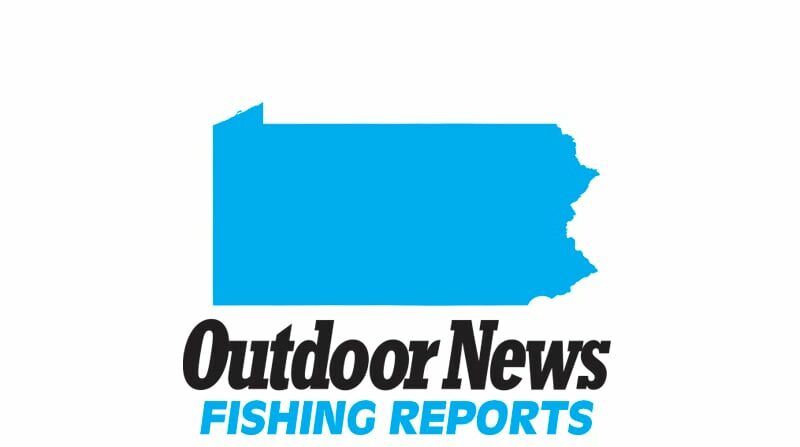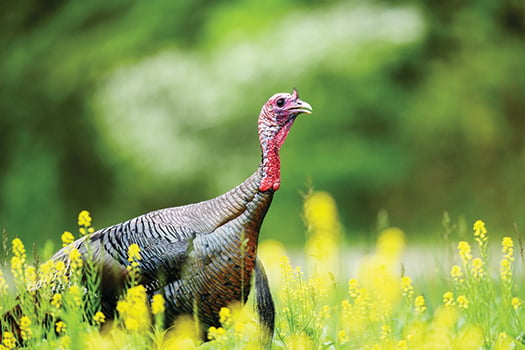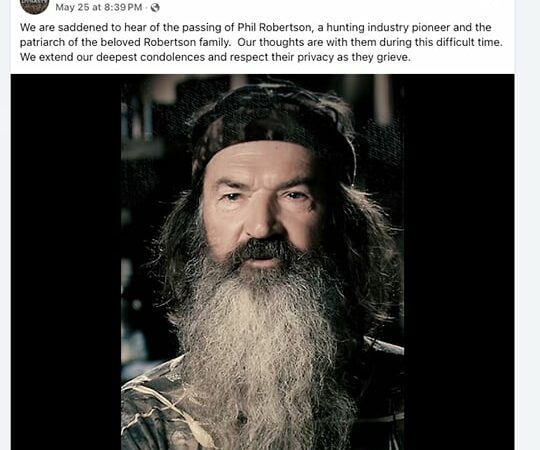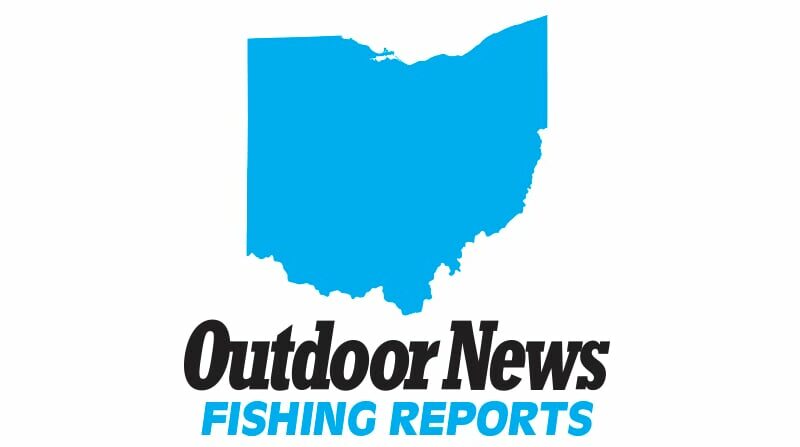Michigan DNR staffers provide regional deer outlook – Outdoor News
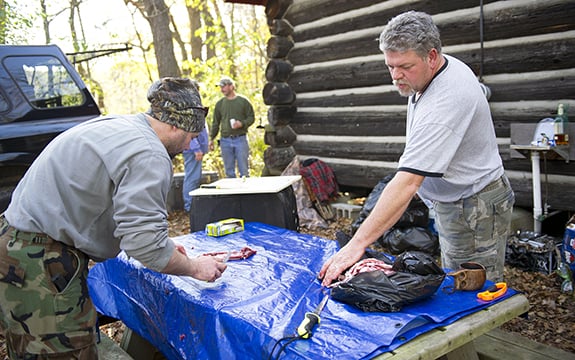
Lansing — With the archery deer hunting season already underway and the firearm deer season opener just around the corner, here are some regional hunting forecast notes from Michigan Department of Natural Resources Wildlife Division staffers.
Upper Peninsula
Most of the Upper Peninsula saw an extremely mild 2023-2024 winter, which was a welcome change from the previous two winters. Low snowfall and lack of extreme cold likely resulted in fewer deer affected by winter starvation and predation.
The result was deer coming out of the winter in better condition and with better fawn production than in recent years, with many sets of twins being observed. While conditions are going to vary locally, soft and hard mast production, such as apples and beech nuts, looks good this year.
Despite no additional cases of chronic wasting disease being detected in Dickinson County since 2018, the DNR is still collecting baseline surveillance data for CWD in many counties across the U.P. The DNR encourages hunters to consider submitting a sample for CWD testing from deer harvested in Baraga, Chippewa, Dickinson, Houghton, Keweenaw, Luce, Mackinac, Ontonagon and Schoolcraft counties.
A few regulation changes for the U.P. should be noted.
After being removed in 2018, a three-point antler-point-on-one-side restriction when hunting with a single deer license was reinstated for deer management unit 122.
Antlerless hunting during late archery season with the single deer or deer combo license is prohibited after Dec. 10 in mid-snowfall zone deer management units 017, 021, 027, 036, 117, 149, 152, 249, 252, 349 and 249.
Antlerless access permits for DMU 351 were reduced from 1,000 to 0, making antlerless hunting with an antlerless license not available in those DMUs. Antlerless harvest is still an option with a single deer license or deer combo license during the archery season through Dec. 10.
Antlerless access permits for DMU 352 were reduced from 1,000 to 500.
MORE WHITETAIL COVERAGE FROM OUTDOOR NEWS:
Use these tactics to increase the effectiveness of your deer drives
Michigan’s venison donation program works through changes
Know what scrapes are worth hunting over to shoot an October buck
Northern Lower Peninsula
An abundant mast crop last fall had deer heading into the winter in good shape. With an extremely mild winter, deer did not need to group up as much as they have during harder winters. This made food readily available throughout the winter and resulted in deer coming into the spring healthy and with what appears to be good fawn survival.
Deer numbers can vary greatly across the NLP.
If you’re in an area where deer are plentiful and you see evidence of browse lines (boundaries between normal vegetation growth and areas where the vegetation has been eaten by deer) or lack of natural forage where you hunt, you may want to consider harvesting an antlerless deer or two to help manage the deer herd.
If you hunt an area where deer numbers remain lower or are more balanced with the available habitat, it may be appropriate to continue to keep antlerless harvest similar to past practices.
Along with ongoing testing for bovine tuberculosis, the DNR continues to gather baseline data for the presence of chronic wasting disease across the state. This is being done to gain a better understanding of where the disease may occur in areas where adequate testing has not been done yet.
Hunters are encouraged to consider submitting a sample for CWD testing in several counties where the DNR seeks to establish a data baseline. Samples for 2024 are being sought from Antrim, Arenac, Benzie, Cheboygan, Clare, Gladwin, Grand Traverse, Iosco, Kalkaska, Leelanau, Manistee, Ogemaw and Otsego counties.
Testing for bovine tuberculosis continues in Alcona, Alpena, Cheboygan, Crawford, Iosco, Montmorency, Ogemaw, Oscoda, Otsego, Presque Isle and Roscommon counties. Hunters are encouraged to submit heads for bovine tuberculosis testing as well.
A few regulation changes for the northern Lower Peninsula are in effect.
In deer management units where the seasons are open, early and late antlerless seasons are now open on private and public lands. In the past, these seasons were only available on private lands.
Muzzleloader season for Zone 2 will now be open to any legal firearm. This season is open on private and public lands and will have the same harvest regulations as the firearm season.
Southern Lower Peninsula
Deer numbers remain high throughout much of the region. Routinely mild winters and abundant summer foods mean deer are rarely negatively affected by winter mortality. Fawn survival remains high, with many twins, and even triplets, being reported.
Precipitation across the region this spring and summer was good, but timing varied depending on the specific area.
Farmers in some places were able to plant crops early, while others had to wait for the ground to dry out and plant some crops late. Timing of harvest this fall will vary accordingly, but dry conditions in late summer/early fall may have corn harvest trending earlier than last year.
Rainfall totals in late summer have also been variable, with many areas seeing drier conditions. Cases of epizootic hemorrhagic disease (EHD) have been reported in many counties, especially in southwest Michigan.
Reported cases started earlier than has been seen in most years. These earlier cases and continuing hot, dry conditions could allow the virus to be on the landscape for an extended period, as a good frost is needed to kill off the midge flies that transmit the virus.
Source: https://www.outdoornews.com/2024/10/21/michigan-dnr-staffers-provide-regional-deer-outlook/



